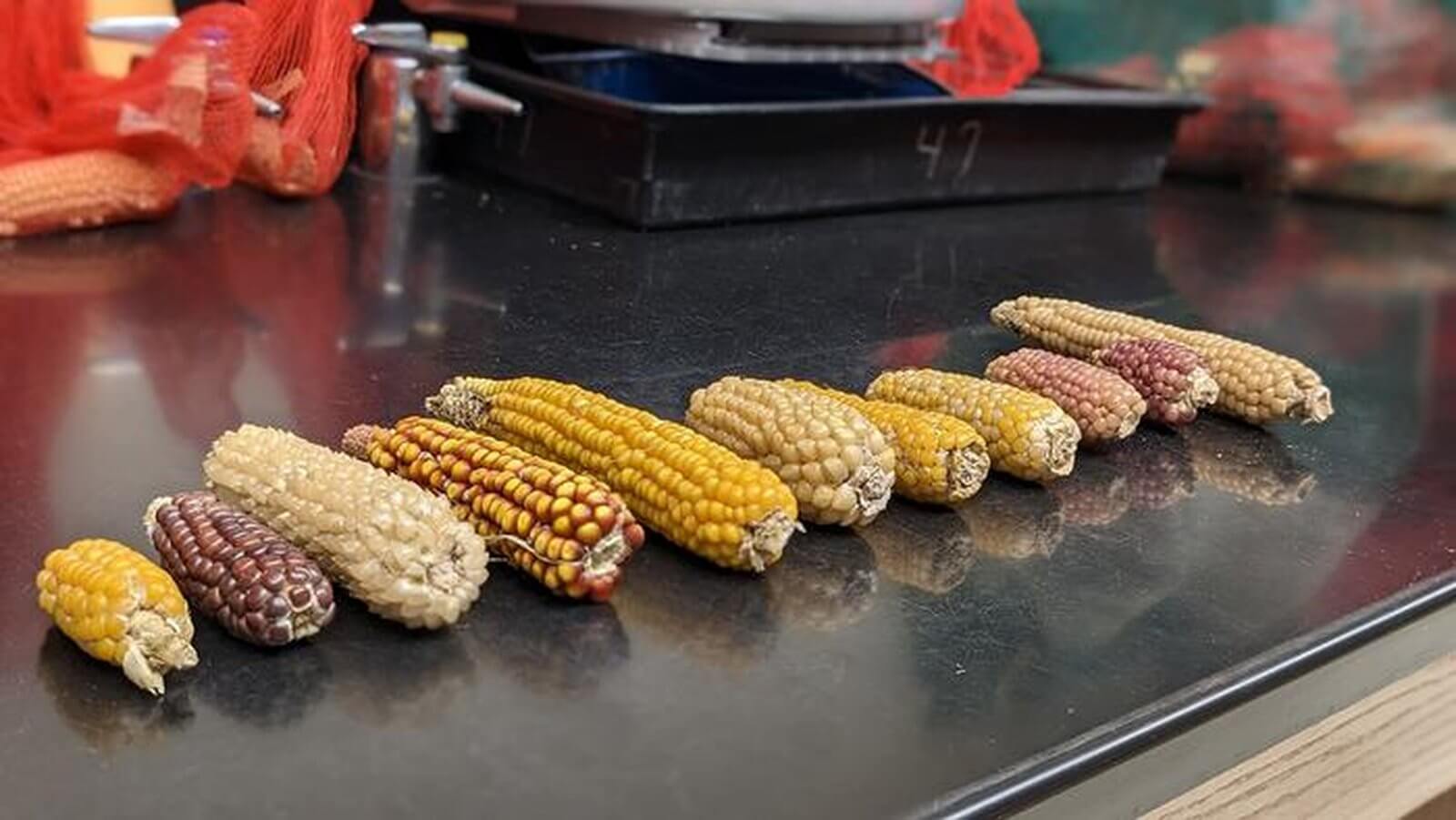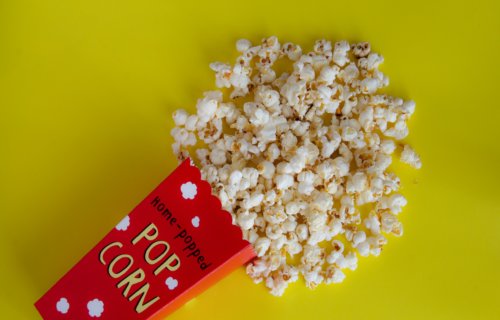URBANA, Ill. — Popcorn, a seemingly simple snack, holds a hidden world of genetic diversity, according to researchers at the University of Illinois Urbana-Champaign. The study, led by crop sciences researchers, explored the genetic code of popcorn and discovered a wealth of untapped secrets that could have implications for both consumers and the agricultural industry.
By analyzing 320 publicly available popcorn lines, the researchers identified over 308,000 variations across the genome. Although these genetic differences may not immediately translate into a wider variety of popcorn for consumers, they hold the potential to improve the agronomic performance of the crop. This diversity can be particularly valuable for enhancing disease resistance and herbicide tolerance.
“This dataset opens up possibilities for diversifying germplasm, which is crucial for improving the crop’s traits. More work needs to be done to identify specific traits of interest, but this research sets the stage for such advancements,” says Tony Studer, an associate professor and popcorn breeder at the Department of Crop Sciences, in a university release.
The team utilized a genotyping by sequencing process to document the genetic differences, focusing on the most informative regions of the genome. The variations, known as polymorphisms, occurred at the level of single nucleotides, which are the building blocks of DNA.

Madsen Sullivan, University of Illinois)
To gain a better understanding of relatedness among different corn lines, the researchers grouped them based on patterns of single nucleotide polymorphisms (SNPs). This grouping allowed for predictions of performance and potential crosses between lines.
“Knowing the genetic similarities and diversity within each group enables breeders to incorporate beneficial traits into their programs, benefiting both consumers and growers,” says Madsen Sullivan, a doctoral student in crop sciences and the study’s first author.
Additionally, the research team sought to unravel a longstanding mystery related to herbicide application labels. While nicosulfuron, an herbicide, has been used for weed control in cornfields for decades, its use is restricted to yellow-kernel hybrids, with warnings against applying it to white-kernel popcorn. Co-author Marty Williams, a USDA-ARS ecologist, found this perplexing, as kernel color should not be linked to herbicide sensitivity. Collaborating with Studer’s team, they conducted tests on 294 popcorn genotypes from both yellow pearl and white pointed and Latin American groups.
Surprisingly, the researchers discovered that nicosulfuron sensitivity was correlated with genetic heritage and population structure rather than kernel color. Different types of popcorn exhibited varying levels of sensitivity, with pointed and Latin American types being more susceptible. The study also revealed a different set of genes associated with nicosulfuron tolerance in popcorn, potentially indicating an alternate mechanism for herbicide tolerance.
“This discovery opens up possibilities for understanding herbicide tolerance in popcorn through a different genetic pathway. We aim to delve deeper into this area in our future research,” Studer reports.
The findings of this study provide valuable insights into the untapped potential within popcorn’s genetic code, paving the way for future advancements in popcorn variety, agronomic performance, and herbicide tolerance.
The study is published in the journal Crop Science.
You might also be interested in:
- Best Of The Best Popcorn Makers In 2023: Top 5 Kernel Poppers Most Recommended By Experts
- Popcorn perfection? Study reveals the secrets to popping every kernel
- Climate change is boosting a worm that ravages vegetable crops worldwide

